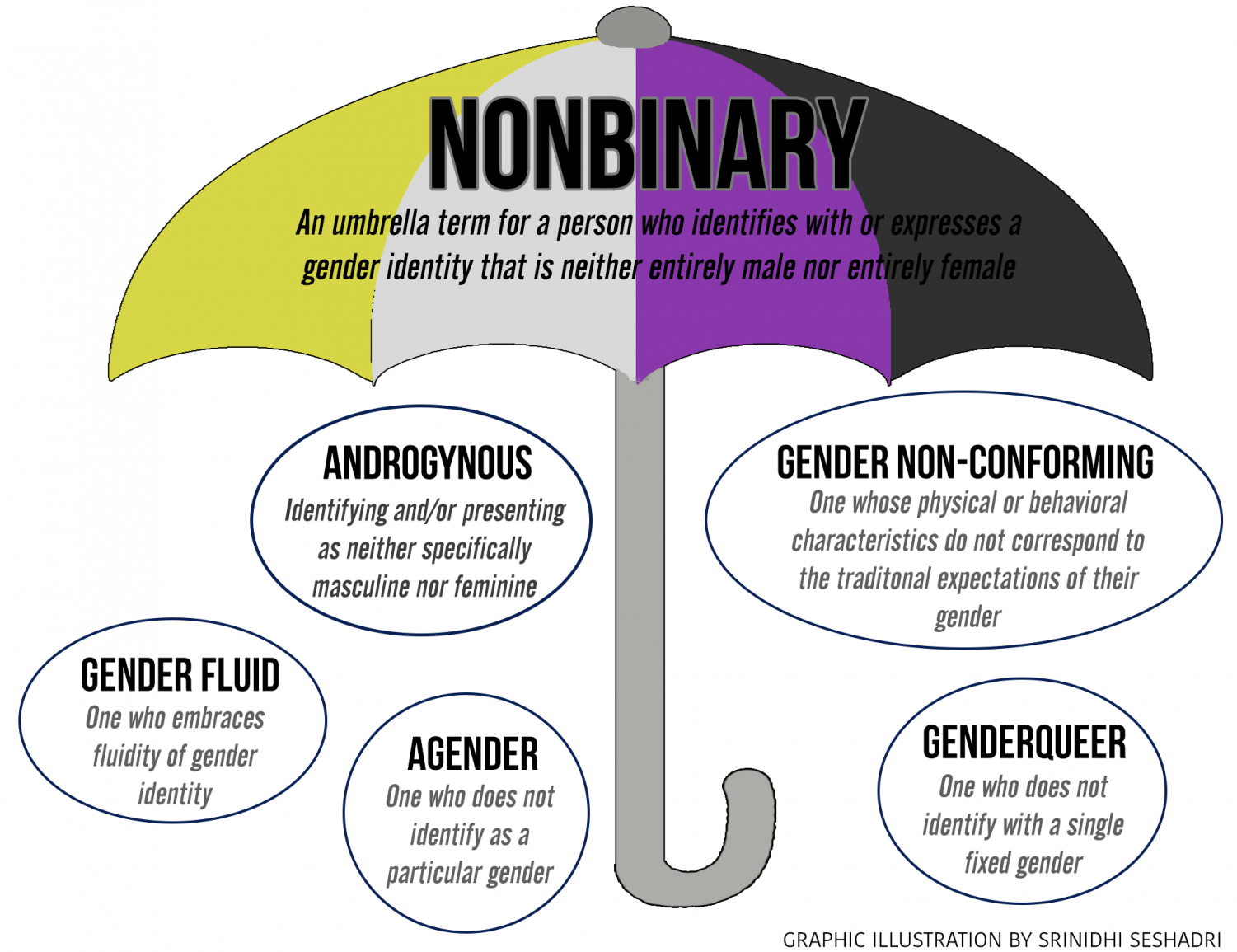 July 11-17 is Nonbinary Awareness Week, celebrating and awareness building surrounding nonbinary and gender nonconforming people. This week focuses on the nonbinary community as well as the vast gender spectrum.
July 11-17 is Nonbinary Awareness Week, celebrating and awareness building surrounding nonbinary and gender nonconforming people. This week focuses on the nonbinary community as well as the vast gender spectrum.
Nonbinary gender is “a term used to refer to genders that are viewed as somewhere between or beyond the gender “binary” of man and woman, as well as genders that incorporate elements of both man and woman.” (Hegarty et al., 2018)
It’s a great day to review the APA Guidelines for Psychological Practice with Transgender and Gender Nonconforming (TGNC) People.
As you read through the list of Guidelines below and find an area you’d like to learn more about, please dig deeper and seek education on the topic by accessing the full Guidelines. Consider ways to apply these guidelines within your work to reduce institutional barriers and discrimination for nonbinary people, and improve quality of care. A book chapter on nonbinary genders is listed below as an additional resource.

Guideline 1. Psychologists understand that gender is a nonbinary construct that allows for a range of gender identities and that a person’s gender identity may not align with sex assigned at birth.
Guideline 2. Psychologists understand that gender identity and sexual orientation are distinct but interrelated constructs.
Guideline 3. Psychologists seek to understand how gender identity intersects with the other cultural identities of TGNC people.
Guideline 4. Psychologists are aware of how their attitudes about and knowledge of gender identity and gender expression may affect the quality of care they provide to TGNC people and their families.
Guideline 5. Psychologists recognize how stigma, prejudice, discrimination, and violence affect the health and well-being of TGNC people.
Guideline 6. Psychologists strive to recognize the influence of institutional barriers on the lives of TGNC people and to assist in developing TGNC-affirmative environments.
Guideline 7. Psychologists understand the need to promote social change that reduces the negative effects of stigma on the health and well-being of TGNC people.
Guideline 8. Psychologists working with gender-questioning and TGNC youth understand the different developmental needs of children and adolescents, and that not all youth will persist in a TGNC identity into adulthood.
Guideline 9. Psychologists strive to understand both the particular challenges that TGNC elders experience and the resilience they can develop.
Guideline 10. Psychologists strive to understand how mental health concerns may or may not be related to a TGNC person’s gender identity and the psychological effects of minority stress.
Guideline 11. Psychologists recognize that TGNC people are more likely to experience positive life outcomes when they receive social support or trans-affirmative care.
Guideline 12. Psychologists strive to understand the effects that changes in gender identity and gender expression have on the romantic and sexual relationships of TGNC people.
Guideline 13. Psychologists seek to understand how parenting and family formation among TGNC people take a variety of forms.
Guideline 14. Psychologists recognize the potential benefits of an interdisciplinary approach when providing care to TGNC people and strive to work collaboratively with other providers.
Guideline 15. Psychologists respect the welfare and rights of TGNC participants in research and strive to represent results accurately and avoid misuse or misrepresentation of findings.
Guideline 16. Psychologists seek to prepare trainees in psychology to work competently with TGNC people.
Resources:
Hegarty, P., Ansara, Y. G., & Barker, M.-J. (2018). Nonbinary gender identities. In N. K. Dess, J. Marecek, & L. C. Bell (Eds.), Gender, sex, and sexualities: Psychological perspectives (pp. 53–76). Oxford University Press. https://psycnet.apa.org/record/2018-09004-003
APA Guidelines for Psychological Practice with Transgender and Gender Nonconforming People

